What vegetables do you grow and what style garden do you have?
lavender_lass
13 years ago
Related Stories
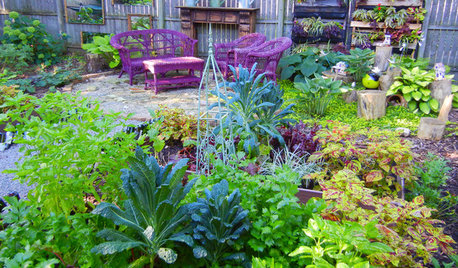
GARDENING GUIDESShades of Vegetable Gardens: Growing Edibles in Less Sun
See how one gardener produces a veritable feast of vegetables and herbs under a canopy of shade
Full Story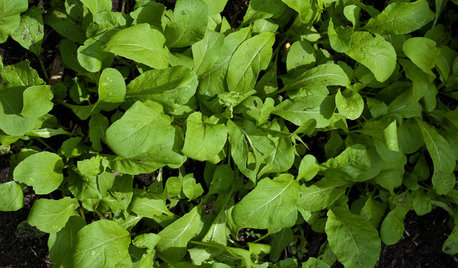
COOL-SEASON CROPSCool-Season Vegetables: How to Grow Salad Greens
From arugula to radicchio, greens have taken a top spot on the table and in fall and winter gardens. See how to start growing them now
Full Story
SPRING GARDENINGSummer Crops: How to Grow Strawberries
Pluck your own sweet strawberries right from the garden vine for smoothies, salads or eating then and there
Full Story
SUMMER FRUITS AND VEGETABLESSummer Crops: How to Grow Beans
Grow your own beans for amazing variety and healthy, convenient produce all summer
Full Story
FARM YOUR YARDHow to Grow Vegetables in Containers
Get glorious vegetables and fruits on your patio with a pro’s guidance — including his personal recipe for potting mix
Full Story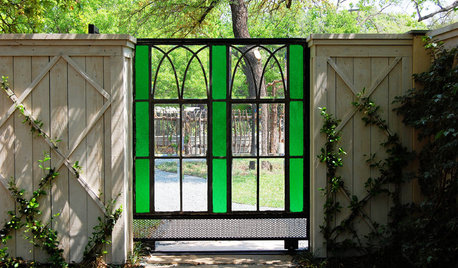
SALVAGEReinvent It: An Eclectic Texas Garden Grows From Creative Salvaging
Teardown pieces and upcycled finds turn a next-door lot into a garden brimming with vegetables and originality
Full Story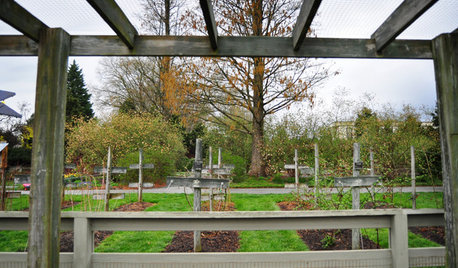
GARDENING AND LANDSCAPINGVegetable Growing Lessons From Longwood Gardens
Get ideas for your own edible landscape from a Pennsylvania showpiece and teaching garden
Full Story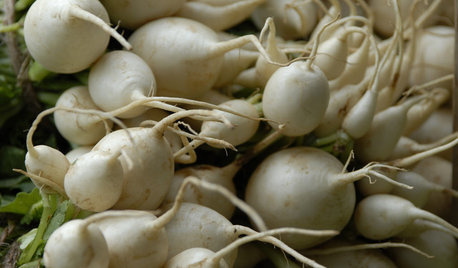
GARDENING GUIDESCool-Season Vegetables: How to Grow Turnips
Sweeter after a taste of frost, these often-overlooked root vegetables can be a surprisingly tasty part of your fall garden
Full Story0
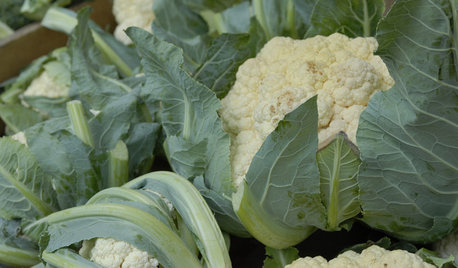
GARDENING GUIDESCool-Season Vegetables: How to Grow Cauliflower
It may be fussy about growing conditions, but the taste of cauliflower fresh from your fall garden is worth the effort
Full Story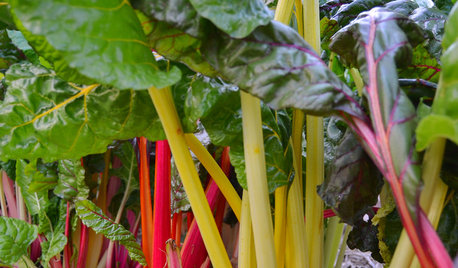
GARDENING GUIDESCool-Season Vegetables: How to Grow Chard
A year-round garden favorite with a colorful stem, Swiss chard comes into its own in early spring and in fall
Full StorySponsored
Columbus Area's Luxury Design Build Firm | 17x Best of Houzz Winner!
More Discussions






oilpainter
Konrad___far_north
Related Professionals
East Patchogue Landscape Architects & Landscape Designers · Peabody Landscape Contractors · Chesapeake Ranch Estates Landscape Contractors · Corona Landscape Contractors · Danvers Landscape Contractors · Davidson Landscape Contractors · North Highlands Landscape Contractors · Vineyard Landscape Contractors · Woodburn Landscape Contractors · Palos Hills Landscape Contractors · Lauderdale Lakes Landscape Contractors · Calabasas Window Contractors · Enumclaw Window Contractors · Greatwood Window Contractors · Huntington Park Window Contractorsnutsaboutflowers
northspruce
DrHorticulture_
marciaz3 Tropical 3 Northwestern Ontario
DrHorticulture_
marciaz3 Tropical 3 Northwestern Ontario
FrozeBudd_z3/4
beegood_gw
weeper_11
maggiemuffin360
echoes_or
echoes_or
echoes_or